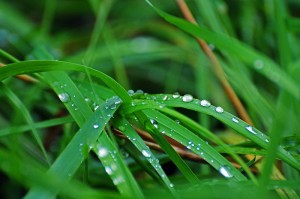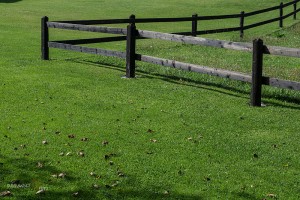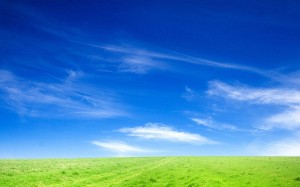Sometimes, simply watering and mowing your lawn isn’t enough to keep it looking lush and healthy. Mower Source takes a look at what you can feed your lawn to show the neighborhood the grass is greenest on your side of the fence.
Timing is Everything: When to Feed Your Lawn
Just as there’s no one secret ingredient you can feed your lawn to boost its healthiness, there’s also no single one time of year that it’s best to tend to it. Taking winter out of the equation — that’s when the grass and its growth is dormant — we can divide the year into four separate periods. But before getting started, make sure to test your soil for its pH level so you can even more strategically approach matters.
Pre-Spring and Post-Summer: Perfect Time to Feed Cool-Season Grasses
We’ve mentioned before the differences between cool- and warm-season grasses, but in a nutshell, it’s the climate in which you live that determines the optimal growing time for your grass. Cool-season grasses, as their name suggests, love sprouting up during the pre-spring and post-summer periods when the days aren’t blistering hot and the nights are a bit cool. Conversely, feeding them during the dead of summer is a waste because the fertilizer won’t have much of an effect on the slower-growing grass, which is sort of protecting itself from the hot and dry conditions.
But even though this is when cool-season grasses do their biggest growth, you still want to be careful of just how often you feed it. Stick to a schedule of slow-release fertilizer about once every six weeks or so (a couple of times during pre-spring, and maybe two or three times during post-summer), and you should be fine. In terms of what to feed it, use these:
Spring and Summer: Pay Attention to Warm Season Grasses
If you live in the Gulf States, Southern Atlantic coastline or anywhere else where your grass grows best in temperatures of 75-90Fish, then the summer is when you should be most active in feeding your lawn. It’s important to wait until your lawn enters its peak growing season so that the nitrogen in your fertilizer won’t promote the growth of cool-season weeds. When looking for what exactly to feed your lawn, try out the following:
Final Advice: Fertilizer will be the main thing you feed your lawn, and comes in different combinations that indicate its elemental composition. For example, a bag of all-purpose 10-10-10 fertilizer means it’s made up of 10% nitrogen, 10% phosphorus and 10% potassium, with the remaining 65% being neutral filler material that helps soften the impact of the fertilizer and spread it more evenly. Nitrogen is responsible for growth with the higher the number, the faster the growth; phosphorus is associated with root systems, with the higher the number correlating with more deeply establishing the grass’s root system; and potassium takes care of health matters like disease prevention and cold tolerance.
No matter which fertilizer you choose, a good rule of thumb is to never exceed one pound of nitrogen per 1,000 square feet each time you apply.









